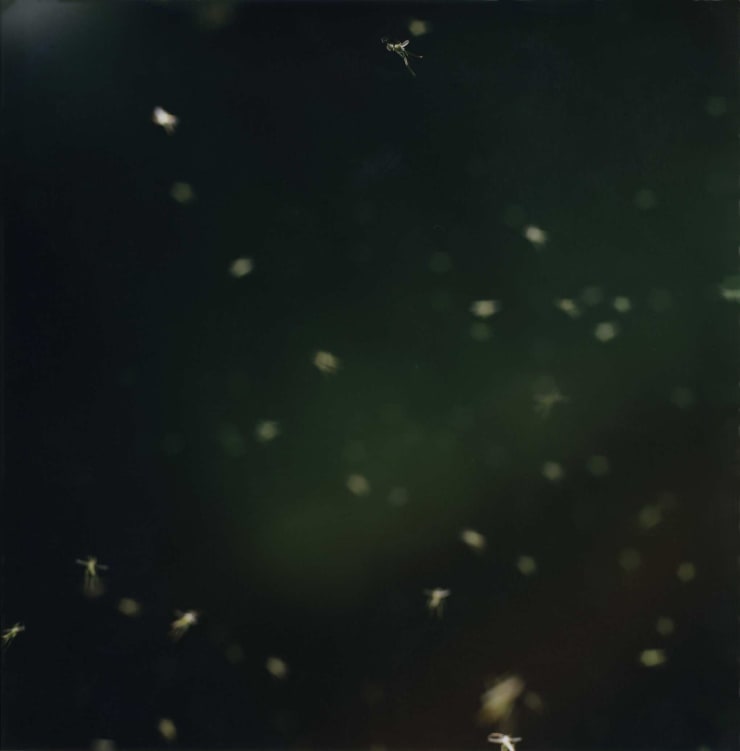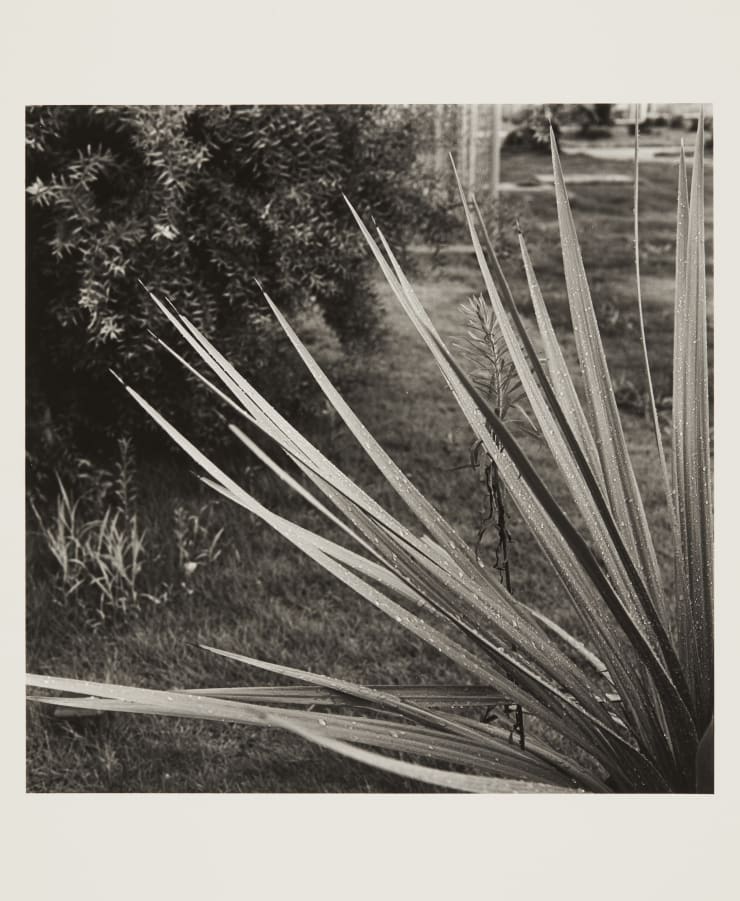Parergon: Japanese Art of the 1980s and 1990s: Curated by Mika Yoshitake in conjunction with Blum & Poe, Los Angeles
Press:
Art & Object, April 2, 2019
Nonaka-Hill, Los Angeles
February 17–April 6, 2019; Public opening: Sunday, February 17, 3-6pm
Blum & Poe, Los Angeles
Part I: February 14-March 23, 2019; Public opening: Thursday, February 14, 6-8pm
Part II: April 6-May 19, 2019; Public opening: Saturday, April 6, 6-8pm
Nonaka-Hill is pleased to present, in conjunction with Blum & Poe, Parergon, a selected survey exhibition of Japanese art of the 1980s and ‘90s, curated by Mika Yoshitake. Focusing on the themes of abject politics, transcending media, performativity, and satire and simulation, this show will present the work of over twenty-five visual artists including Kodai Nakahara, Tatsuo Miyajima, Kazumi Nakamura, Yukie Ishikawa, Tsuyoshi Ozawa, and Yukinori Yanagi in an array of media spanning painting, sculpture, duration performance, noise, video, and photography.
The exhibition title makes reference to the gallery in Tokyo (Gallery Parergon, 1981-1986) that introduced many artists associated with the New Wave phenomenon, its name attributed to Jacques Derrida’s essay from 1979 which questioned the “framework” of art, influential to artists and critics during the period. Parergon brings together some of the most enigmatic works that were first generated during a rich two-decade period that are pivotal to the way we perceive and understand contemporary Japanese art today. In the aftermath of the conceptual reconsideration of the object and relationality spearheaded by Mono-ha in the 1970s, this era opened up new critical engagements with language and medium where artists explored expansions in installation, performance, and experimental multi-genre practices.
When the U.S. and Europe were witnessing a return to Expressionism alongside a postmodern aesthetic of simulacra and deconstruction characterized by the Pictures generation, this zeitgeist of cultural capitalism was instead manifest under Japan’s unique social and geo-political conditions resulting from the rise and burst of the bubble economy. Artists began to explore subversive artistic languages and integrate underground subcultures into their practice using a variety of media, ranging from experimentations in electro-acoustic music, geopolitical and conceptual photography, and appropriations of advertisement culture. Others addressed the internalization of historical avant-garde and modernist aesthetics that were filtered through a new poetics of form, space, and language.
In the post-1989 Hirohito era, politics of gender, nuclear crisis, and critique of nationalism are especially poignant among artists from the Kansai region. This period also witnesses the rise of art collectives in the mid-90s and their darkly humorous performances and conceptual practices that reevaluated the history of Japan’s postwar avant-garde. These events reflect on a subculture generated out of a profoundly unique “infantile capitalism,” anticipating the explosive rise of the Neo-Pop generation.
This exhibition is presented on the occasion of Blum & Poe’s 25-year anniversary. Parergon commemorates a special facet of the gallery’s history rooted in this very timeframe in Japan—with Tim Blum’s early years as an art dealer and curator spent in Tokyo in the early ‘90s—and charts a bridge between the Japanese art historical territories the gallery has long championed. Parergon pursues the creative significance of the years between the milestones of Mono-ha and the Neo-Pop generation now synonymous with Takashi Murakami and Yoshitomo Nara.
Parergon will take place in two parts at Blum & Poe Los Angeles as well as partnering institutions, including an exhibition at Nonaka Hill, and performances at various venues including performances by seminal figures of the Japanese noise, sound, and electro-acoustic genres—EYE, SAICOBAB, Keiji Haino, Yoshihide Otomo, and Ryoji Ikeda. A catalogue will be published for the occasion, with artist testimonials and new scholarship by Yoshitake and David Novak, author of Japanoise: Music at the Edge of Circulation(Duke University Press Books, 2013).
•••
Mika Yoshitake unveils Parergon as Blum & Poe’s Curator of Special Projects. Yoshitake’s extensive scholarship on postwar Japanese art situates her in the unique position to pursue the significant shifts in artistic strategies since the 1960s and '70s that opened up an explosion of genres and subcultures in the 1980s and ‘90s. Yoshitake's experience has led her through a multitude of linked curatorial terrains, as project coordinator for the international tour of © MURAKAMI (2007-09), which originated at the Museum of Contemporary Art, Los Angeles, CA; curatorial liaison for Lee Ufan: Marking Infinity (2011) at the Solomon R. Guggenheim Museum, New York, NY; and organizing curator of Yayoi Kusama: Infinity Mirrors (2017-19), a six-venue North American tour, originating at the Hirshhorn Museum and Sculpture Garden in Washington, D.C. In 2012, she curated the AICA-USA award-winning exhibition, Requiem for the Sun: The Art of Mono-ha at Blum & Poe, Los Angeles, CA.
Yoshitake is Guest Curator at Los Angeles County Museum of Art, Los Angeles, CA working on a large-scale solo exhibition to be announced this year. She was Curator at the Hirshhorn Museum and Sculpture Garden in Washington, D.C. from 2011-2018. At the Hirshhorn, she organized Yayoi Kusama: Infinity Mirrors (2017-19); Shana Lutker: Le 'NEW' Monocle, Chapters 1-3 (2015-16); Le Onde: Waves of Italian Influence (2015); Speculative Forms (2014-15); Days of Endless Time (with Kelly Gordon) (2014-15); Gravity's Edge (2014); Sitebound: Photography from the Collection (2014); Dark Matters (with Melissa Ho) (2012); and coordinated Ai Weiwei: According to What? (2012-13). Mika earned her M.A. and Ph.D. in Art History from UCLA, which culminated in the exhibition and catalogue, Requiem for the Sun: The Art of Mono-ha (2012) at Blum & Poe. She served as guest curator for the 2014 International Artist-in-Residence program at Artpace San Antonio, San Antonio, TX. She most recently curated Topologies (May 14, 2018-April 13, 2019) at The Warehouse in Dallas, TX.

Kazumi Nakamura, Sanctuary in Daquake, 1985

Kazumi Nakamura, KAIKOMA I, 1979

Yukie Ishikawa, Red Brothers, 1995

Daido Moriyama, "Evergreen Magnolia, Ohta-ku, Tokyo", 1987

Daido Moriyama, "Factory,Utsunomiya City, Tochigi", 1990

Daido Moriyama, "Light and Shadow 1: (Flower)", 1981

Daido Moriyama, "How to Create a Beautiful Picture 11 A Women's Room", 1987

Daido Moriyama, "Sendai City, Miyagi Prefecture", 1982
 Daido Moriyama, "DOCUMENTARY 71(' 86,3 Nakano-ku Tokyo)", 1986
Daido Moriyama, "DOCUMENTARY 71(' 86,3 Nakano-ku Tokyo)", 1986
Daido Moriyama, "(unknown)", 1983/1988
 Daido Moriyama, "Zushi City, Kanagawa Prefecture", 1984
Daido Moriyama, "Zushi City, Kanagawa Prefecture", 1984
Daido Moriyama, "Snow Minakami Town,Gunma", 1990
 Daido Moriyama, "Biography of Light 1", 1984
Daido Moriyama, "Biography of Light 1", 1984
Kazuo Kadonaga, Paper No.1 BC, 1983

Kazuo Kadonaga, Bamboo No.2 BW, 1984

Naoya Hatakeyama, "Underground / Water #1006", 1999

Naoya Hatakeyama, "Underground / Water #4505"", 1999

Naoya Hatakeyama, "Underground / Water #6507", 1999

Naoya Hatakeyama, "Underground / Water #1107", 1999

Naoya Hatakeyama, "Underground / Water #6209", 1999

Naoya Hatakeyama, "Underground / Water #6811", 1999

Naoya Hatakeyama, "Underground / Water #3108", 1999

Naoya Hatakeyama, "Underground / Water #0911", 1999
 Hitoshi Tsukiji, "Shashinzo" , 1984
Hitoshi Tsukiji, "Shashinzo" , 1984 Hitoshi Tsukiji, "Shashinzo", 1984
Hitoshi Tsukiji, "Shashinzo", 1984 Hitoshi Tsukiji, "Shashinzo", 1984
Hitoshi Tsukiji, "Shashinzo", 1984
Hitoshi Tsukiji, "Shashinzo", 1984

Hitoshi Tsukiji, "Shashinzo", 1984










































